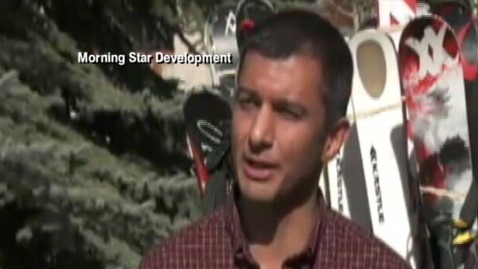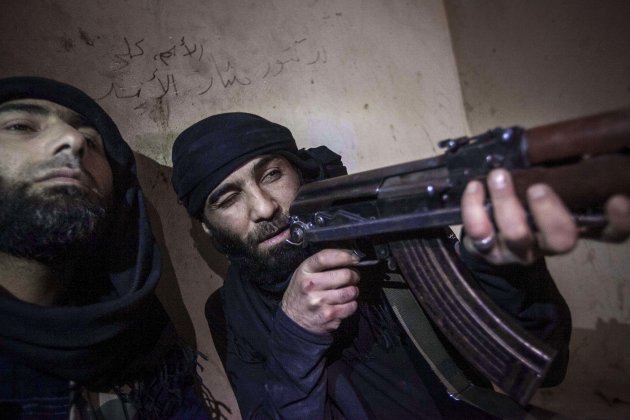The Scariest Shoes of All Time
By Joanna Douglas, Senior Fashion and Beauty Editor | How To – Tue, Oct 9, 2012 1:39 PM EDT
Yahoo! editors have selected this article as a
favorite of 2012. It first ran on Yahoo! Shine in October 2012, and
quickly garnered over 15,000 comments and became one of the 20 most-read
articles from the Yahoo! Front Page this year. Readers were shocked and
horrified by these treacherous backwards heels, calling them “Edward
Scissorfeet” or likening them to Natalie Portman’s broken legs in “Black
Swan.” Others appreciated the designer’s thought process, agreeing that
lengths women will go to for vanity is, in fact, quite scary.
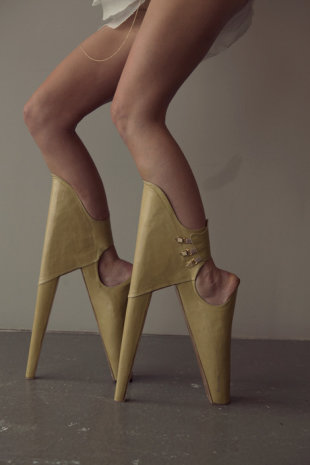 Scary Beautiful shoes by Leanie van der Vyver. Photo by Lyall CoburnWe've come across many ugly shoes in our day, but a pair dubbed "Scary Beautiful" is definitely the most treacherous footwear we've ever seen. The massive heels
appear backwards on the foot, so the wearers feet point straight down
the back, as if in ballet shoes, with their shin leaning against the
front "heel" end of the design to balance. The shoes are a collaboration
between artist Leanie van der Vyver and Dutch shoe designer René van
den Berg, and serve as a commentary on today's impossible standards of
beauty.
Scary Beautiful shoes by Leanie van der Vyver. Photo by Lyall CoburnWe've come across many ugly shoes in our day, but a pair dubbed "Scary Beautiful" is definitely the most treacherous footwear we've ever seen. The massive heels
appear backwards on the foot, so the wearers feet point straight down
the back, as if in ballet shoes, with their shin leaning against the
front "heel" end of the design to balance. The shoes are a collaboration
between artist Leanie van der Vyver and Dutch shoe designer René van
den Berg, and serve as a commentary on today's impossible standards of
beauty.
The ugliest shoes of all time
Van der Vyver is South African, and recently graduated from the Gerrit Rietveld Academie in Amsterdam. We spotted "Scary Beautiful" on her website, cargocollective.com, and reached out to her for the inside scoop.
Imelda Marcos' prized shoe collection is ruined
"After working in fashion for seven years, and therefore being well aware of the manipulation images in fashion suffer for a perfect result, I still compare myself to them and other current beauty ideals," Van der Vyver told Yahoo! Shine exclusively. "My frustration with my own inability to overcome these feelings of inadequacy was what brought 'Scary Beautiful' into fruition. The shoes formed part of my graduation project that was a result of my thesis. The conclusion of my thesis investigation was that people are not satisfied with what they look like, and that perfection, according to the beauty and fashion standards, has reached a climax. Humans are playing God by physically and metaphorically perfecting themselves. Beauty is currently at an all time climax, allowing this project to explore what lies beyond perfection. Scary Beautiful challenges current beauty ideals by inflicting an unexpected new beauty standard."
Unsurprisingly, Van der Vyver's "Scary Beautiful" shoes were nominated for a design prize at Gerrit Rietveld Academie. Jury members Barbara Visser, visual artist and Xander Karskens, and curator of De Hallen had this to say about the shoes:
"The object created by Leanie expands the concept of a shoe into multiple new meanings. The beautifully made leather object is accompanied by a video registration of a girl wearing it. One observes the design forcing the wearer to develop a new way of walking, leaning forward while refining a painfully fragile balance. The jury applauds the way aesthetics, ergonomics and prosthesis merge into an awkward choreography. The craftsmanship and strong conceptual way of designing also show in another work, a ceramic tea set in which reference is made to a building in South Africa. Leanie succeeds in translating political consciousness into form and is considered by the jury to be a meaningful future designer."
We find the clip shocking but also oddly moving. The shoes are obviously not practical, but as art they're intriguing. We can't help but be reminded of Lady Gaga trying to steady herself in the now-famous Alexander McQueen "Armadillo" heels in her "Bad Romance" music video. Major models like Abbey Lee Kershaw, Natasha Poly, and Sasha Pivovarova reportedly refused to wear the 12-inch McQueen heels out of fear, and were cut from the designer's spring 2010 fashion show. In comparison, the "Scary Beautiful" shoes make the "Armadillo" heels look like sneakers, but we had a feeling the always-outdoing-herself Lady Gaga would give them a spin one day. Sure enough, Van der Vyver confirmed our suspicions.
"Yes, on request I did actually send them to Studio Formichetti for a Lady Gaga music video, but I could not get confirmation whether she actually used them," Van der Vyver told us. "I did not charge for her to possibly use them. I would love to sell them to a gallery."
We're holding out for the "Scary Beautiful" shoes to appear in an upcoming Lady Gaga music video, but until then Van der Vyver is back home in Cape Town starting her own studio where she'll continue investigating fashion and beauty. We're anticipating her next creation.
Check out a video below of a model walking verrry slowly in the "Scary Beautiful" shoes.
Scary Beautiful (Leanie van der Vyver) from Lyall Coburn on Vimeo.

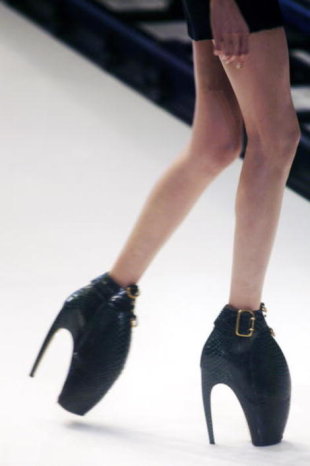











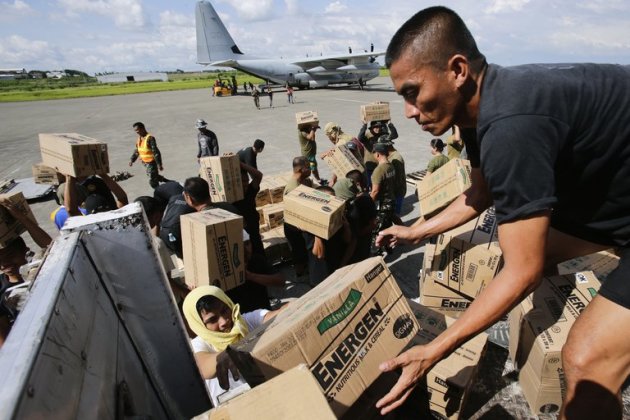




















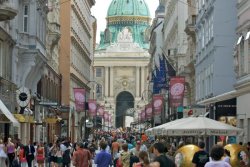
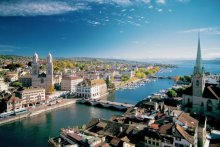



 Email
Email